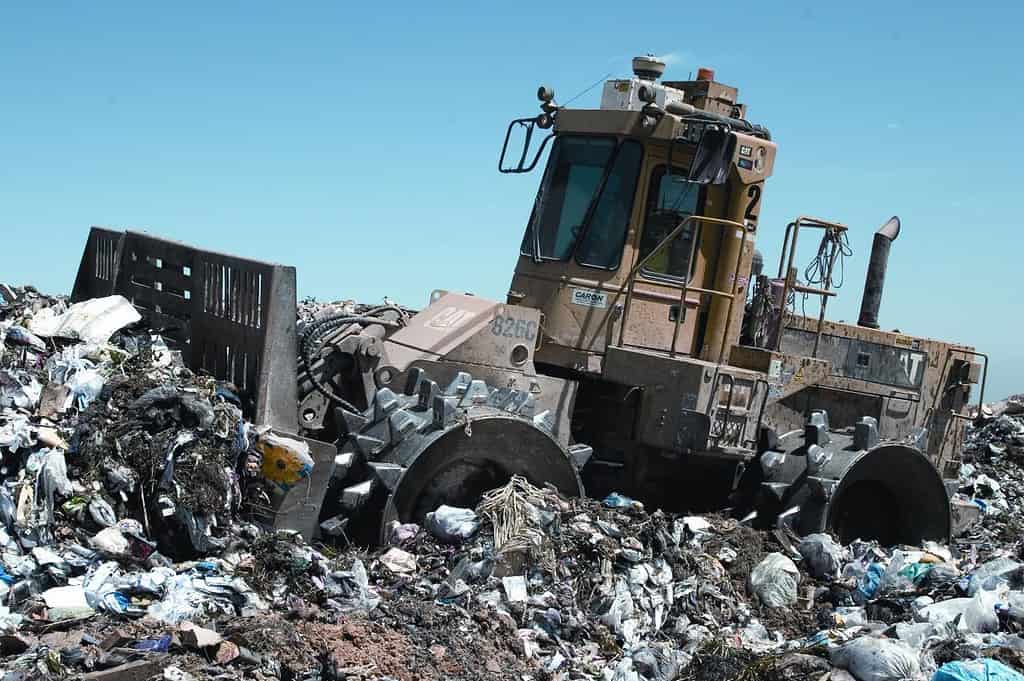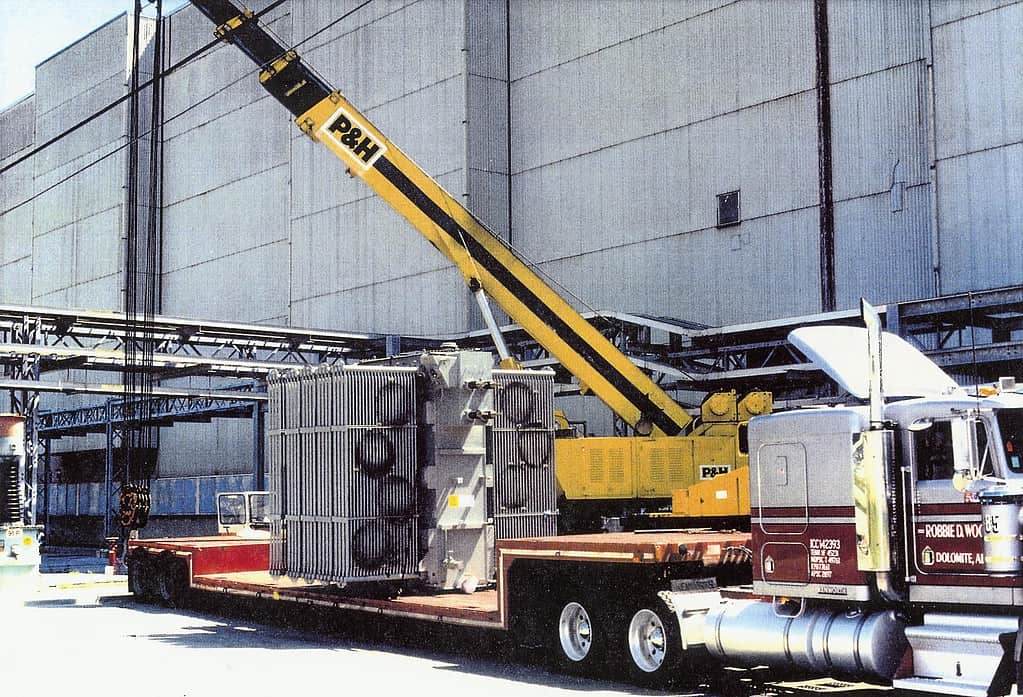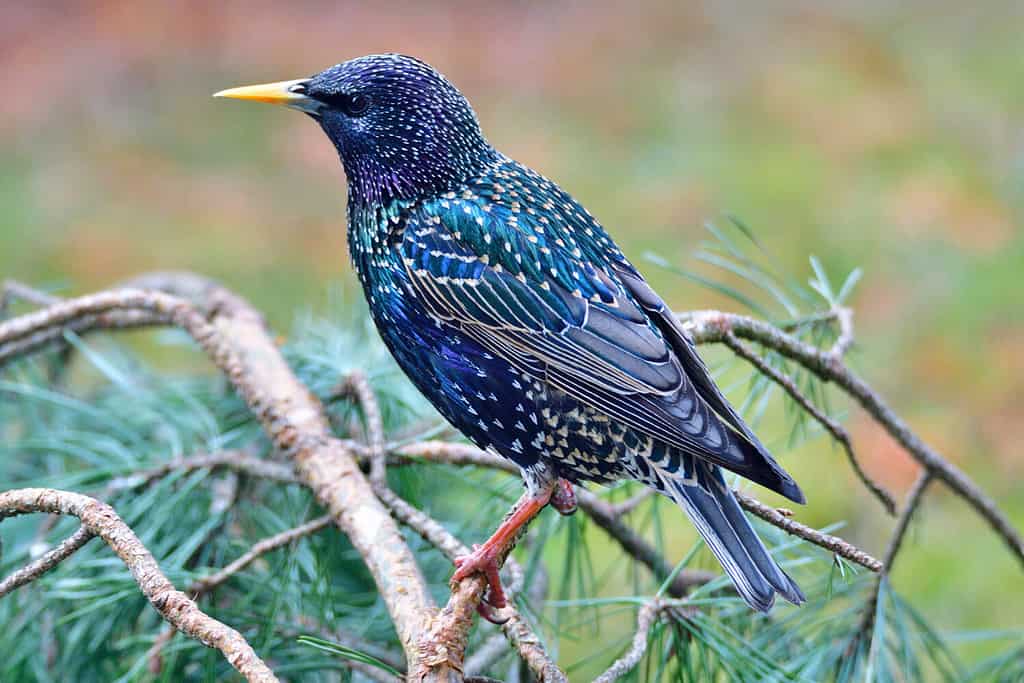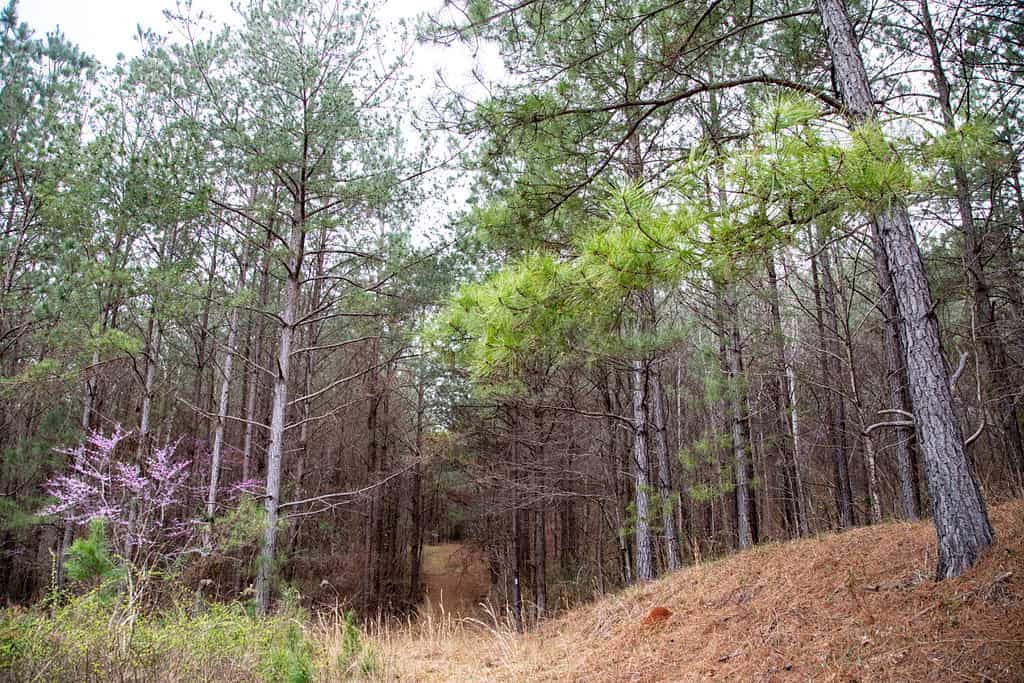In Alabama, near the Mississippi border and less than five miles north of the tiny town of Emelle, sits Alabama’s biggest landfill. Owned by Chemical Waste Management, Inc., and referred to as the “Cadillac of Landfills”, this site has been tangled in controversy for decades.
The Emelle Hazardous Waste Facility sits on 2,700 acres of land in Sumter County, Alabama. No ordinary landfill, this is where many of Alabama’s hazardous wastes end up.
What Is Hazardous Waste?
The Environmental Protection Agency (EPA) defines hazardous waste as any waste that can be dangerous or harmful to humans or the environment.
Hazardous waste may come from household materials such as pesticides, paint, solvents, asbestos, motor oil, or car batteries. Or it can be chemicals leftover from industrial or commercial sources.

Only sites designated to treat, store or dispose of hazardous waste can accept it. Landfills allowed to store hazardous waste must follow rules from the EPA, such as leak detection systems, groundwater monitoring, wind dispersal controls, and double liners.
Despite the many safety measures, environmental groups and locals living near hazardous waste landfills have concerns.
History of Alabama’s Biggest Landfill
In 1978, Chemical Waste Management bought 300 acres of land less than five miles north of Emelle. Emelle is a small town with a population of only 33 as of 2021. It’s in the county of Sumter, where one-third of people live in poverty.
Before the site became a toxic waste dump, the area was fertile farmland. The landfill has received millions of tons of hazardous waste over the years. There was a time during the 1980s when nearly 40% of hazardous waste in the nation ended up in “The Cadillac”.

A PCB-contaminated transformer is being loaded onto a truck for disposal at Emelle Hazardous Waste Facility
© U.S. Department of Energy from United States / Public domain – License
The Eutaw Aquifer
The landfill sits directly on top of the Eutaw Aquifer, which supplies water to a large part of Alabama. Most groundwater, including drinking water, comes from aquifers across the country. Aquifers are somewhat like underground lakes. Poorly managed landfills may allow contaminants to leak into the groundwater, poisoning the environment and the area’s drinking water.

Most tap water in the U.S. comes from groundwater.
©iStock.com/megaflopp
Residents Protested the Emelle Landfill
In the 1980s, Emelle citizens united with environmental groups, including Alabamians for a Clean Environment, to protest the landfill. Their goal was to close the site down.
Although the efforts to shut down the landfill were unsuccessful, the protests did have lasting effects on the safety of the facility. The citizens and environmentalists led the way to impose higher state taxes on Waste Management and create stronger federal regulations.
Where Is Emelle, Alabama on a Map?
Emelle, Alabama, sits near the border of Mississipi. Nearby larger cities include Mobile and Montgomery, which are both less than three hours away, while Birmingham is under a two-hour drive. On the Mississippi side, the city of Jackson is about two hours away.
The Emelle Hazardous Waste Facility is under five miles to the north along Highway 17.
How Does Hazardous Waste Affect Wildlife in the Area?
Scientists have studied a hazardous waste site in Colorado, about ten miles from downtown Denver. The researchers found a lack of diversity among rodents living in the area. Deer mice residing in the highest contaminated section had decreased life expectancies, but increased reproductive rates.
Birds are sensitive to contamination. Starlings living near the Colorado landfill were found to have reproductive failure and mortality in some cases.

Researchers found starlings living near a landfill in Colorado suffered from reproductive failure and mortality.
©Karin Jaehne/Shutterstock.com
Researchers believe monitoring the health of wildlife near hazardous landfills can provide valuable information on the contaminants of the site. Also, the information gathered can help guide remediation strategies while preserving natural areas, benefiting both wildlife and humans.
Wildlife near Emelle, Alabama
Alabama is one of the most biodiverse states in the country. Further, it’s ranked in fourth place for the most biodiversity in the United States, and it’s the most biodiverse state east of the Mississippi River.
Alabama has mountains, flatlands, lakes, rivers, coastal areas, tidal bays, and bayou shorelines. The area where Emelle is located is considered to be the upper plains.

Alabama is rich in biodiversity.
©mjplocki/Shutterstock.com
Animals you may find living nearby include wild turkeys, white-tail deer, armadillos, the endangered gopher tortoise, and the cottonmouth snake. Additionally, many insects live in the area, including the Monarch butterfly, Alabama’s state insect.
Sumter Recreation Area
About 20 minutes to the northwest of Emelle and 14 miles from the Emelle Hazardous Waste Facility is the Sumter Recreation Area. Located on the banks of the Tombigbee River, the recreation area offers picnic areas, tent camping, play areas, and a boat ramp.

The tufted titmouse is just one of the many bird species you can find near Emelle, Alabama.
©Brian A Wolf/Shutterstock.com
Various animal species can be spotted in the recreation area. Bird species include the northern mockingbird, tufted titmouse, and American robin. Other animals living in the habitat include mallards, bullfrogs, eastern gray squirrels, marbled salamanders, and green tree frogs.
The photo featured at the top of this post is © U.S. Department of Energy from United States / Public domain – License / Original
Thank you for reading! Have some feedback for us? Contact the AZ Animals editorial team.






